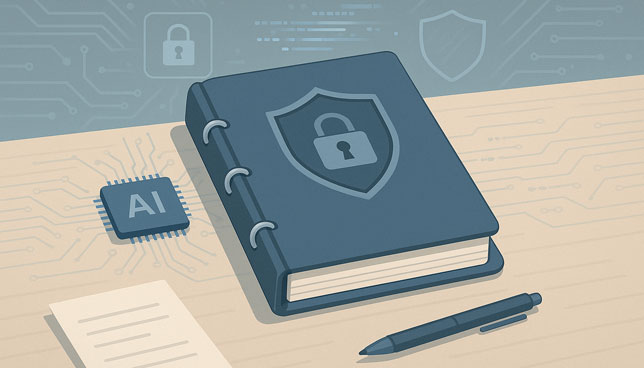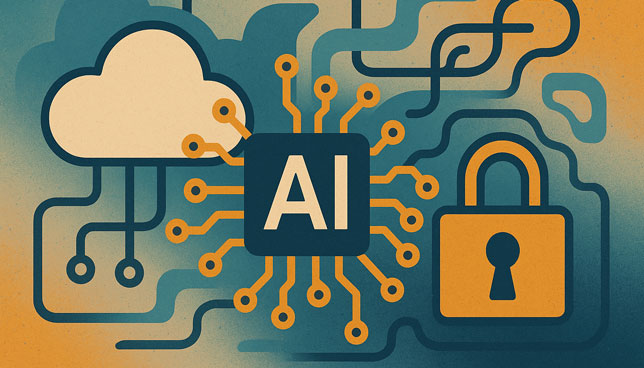
Data protection platform AvePoint has unveiled a command center to help organizations monitor artificial intelligence agents, addressing security risks and rising expenses as organizations deploy more automated AI tools.

San Francisco-based AI developer Anthropic recently reported that attackers linked to China leveraged its Claude Code AI to carry out intrusions against about 30 global organizations.

DevOps platform provider JFrog has taken aim at a growing challenge for enterprises: users deploying AI tools without IT approval.

According to Google Cloud's 2026 Cybersecurity Forecast, AI will become standard for both cyber attackers and defenders, with threats expanding to virtualization systems, blockchain networks, and nation-state operations.

Printers may not be glamorous, but they are an often-overlooked attack vector that should be part of every district's cybersecurity strategy.

Rubrik has introduced Okta Recovery, extending its identity resilience platform to Okta with immutable backups and in-place recovery, while separately detailing its integration with Okta Identity Threat Protection for automated remediation.

Druva has announced Dru MetaGraph, a secure, tenant-specific, graph-powered metadata layer to power real-time data intelligence.

For the first time, artificial intelligence has moved to the top of the priority list for state education leaders — knocking cybersecurity from the number one spot, according to the 2025 State EdTech Trends report from SETDA.

The National Institute of Standards and Technology has announced plans to issue a new set of cybersecurity guidelines aimed at safeguarding artificial intelligence systems, citing rising concerns over risks tied to generative models, predictive analytics, and autonomous agents.

According to the 2025 Threat Hunting Report from CrowdStrike, adversaries are not just using AI to supercharge attacks — they are actively targeting the AI systems organizations deploy in production. Combined with a surge in cloud exploitation, this shift marks a significant change in the threat landscape for enterprises.